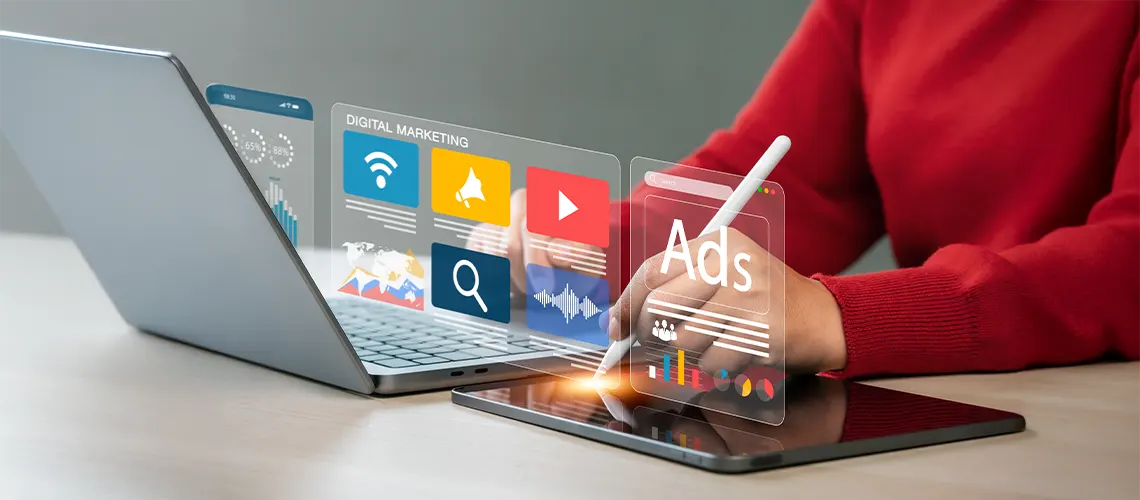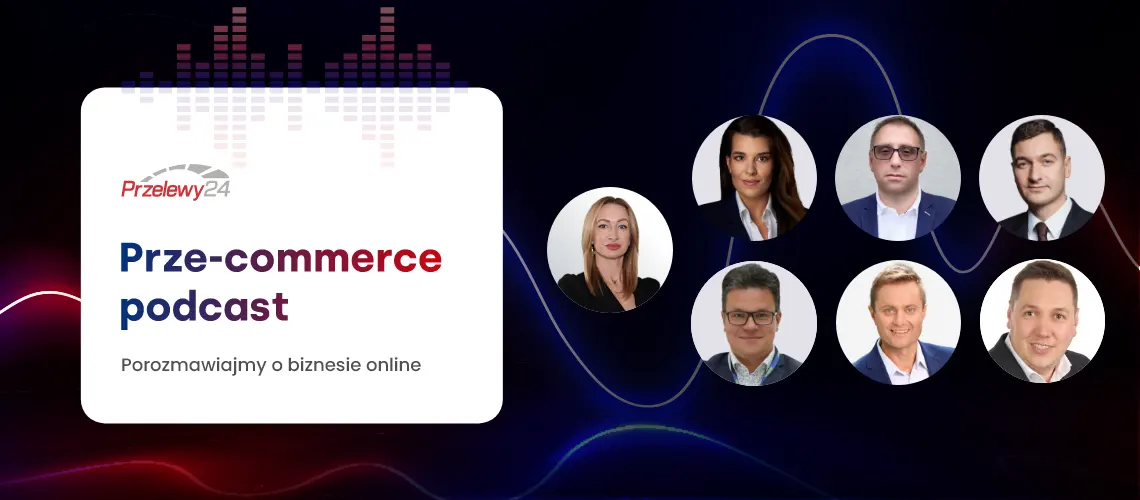Google boasts that thanks to its AI-driven advertising solutions, you can find new customers, increase message effectiveness, and accelerate business growth. Let's see exactly what advertising elements AI can create and whether systems other than those provided by the Ads platform will be equally effective in supporting your marketing efforts.
What Does Google Know About You and How Does It Train AI on This Data?
A few days ago, you were looking for a new coffee machine. Now you enter a news website and immediately see an ad for the model you were most interested in. It's for the coffee machine in your favorite color and also offers a 20% discount valid only today. As you ponder this for a moment, you recall that you've taken advantage of time-limited offers several times before. Coincidence?
No, Google's privacy policy states that to tailor ads, the platform analyzes your previous searches, visited websites, location data, and even the devices you use. The collected information allows AI algorithms to precisely determine your interests and purchasing preferences, so that the ad appears exactly when the probability of clicking and buying is highest. Based on billions of similar pieces of information from other Google users, artificial intelligence constantly learns how to predict and shape customer behavior. When you look at it from an e-commerce owner's perspective, you’ll see the powerful potential of this technology.
Artificial Intelligence and Ad Personalization
AI not only decides who to show the ad to and when, but it can also perfectly tailor the message to the recipient. The Responsive Search Ads function involves you entering headlines and descriptions into the system (up to 15 headlines and 4 descriptions for a single responsive search ad), and Google automatically selects them, presenting the user with the ad variant that best suits their current needs and increases the chance of conversion.
You can enable this feature directly in your Google Ads account.
AI Content Marketing Specialist, or One Hundred Headlines per Minute
Assuming that an advertising campaign covers dozens of products, creating a dozen headlines and a few descriptions for each of them sounds like the definition of a Sisyphean task. External AI tools come to the rescue, generating hundreds of suggestions in a few moments. All you have to do is specify the topic and outline the target group, and tools like ChatGPT, Copy.ai, or Jasper will create content that is attractive to the audience. What is equally important, however, is that they will also meet the expectations of Google's algorithms.
Here’s an example of a prompt that ChatGPT can use to generate 100 headlines in less than a minute: "You are a specialist in creating advertising content for Google Ads campaigns. Prepare 100 short, catchy advertising headlines aimed at people looking for a modern coffee machine. The headlines should use the language of benefits, emphasize high quality, speed of operation, and ease of use. The target group is customers aged 30-50 who value comfort, good design, and quality. Add information that the promotion is time-limited (20% discount, valid only today)."
Convenient payment solutions also for B2B and brick-and-mortar stores. Discover Przelewy24
AI-Generated Ads. Graphics and Videos Created by Artificial Intelligence
Although AI-generated graphics have flooded the internet, subsequent ads created with their use continue to spark discussion about the future of artistic creation. These ads are becoming more and more realistic (two years ago, AI had trouble generating hand images, now it does quite well), easier to generate, and often compete with the work of graphic designers, filmmakers, and photographers. Tools like RunwayML and Midjourney were used to create, among other things, an ad for a fictional Adidas collection.
Google Ads allows you to choose a campaign and ad format. These can include text ads in search results, display ads on websites, and video ads on YouTube. You can also choose a Performance Max campaign, which allows access to all channels within a single campaign, where you use optimization powered by Google's AI technology. Tools such as Canva AI, DALL·E, Lumen5, or Synthesia will be helpful in creating display, product, and video ads. In turn, Google's ImageSuggest automatically analyzes the ad content, suggesting images that are most relevant to your message. By the way, it is worth remembering to take care of consistent brand graphic design.
Artificial Intelligence Will Optimize the Results of an AI-Created Campaign
You have ready headlines and descriptions, Google Ads AI is already testing various combinations, but this is just the beginning. AI algorithms not only select the best ad content, but also automatically optimize cost per click (CPC) bids, analyzing the effectiveness of each variant in real time. Bids can be adjusted, for example, by device, location, display schedule, or targeting method. As a result, the campaign dynamically adapts to user preferences, while click costs will be lower.
But how do you check if all these activities bring the desired results and increase sales effectiveness? You can verify this with tools such as:
- Optmyzr, which analyzes Google Ads campaigns in detail, helps optimize keywords and bidding strategies, and create ad A/B tests;
- Adzooma automates the analysis of ad effectiveness and generates detailed reports with suggestions for changes that can increase the ROI of advertising campaigns;
- WordStream Advisor, which uses artificial intelligence to analyze campaigns, suggests new keywords, recommends changes to ad texts, and identifies the best times and locations to run ads. WordStream also provides the Free Google Ads Performance Grader tool, which evaluates the effectiveness of your campaigns based on 10 key indicators for free;
- with Google Optimize, you can conduct A/B and multivariate tests to see how users react to different variants of landing pages that ads link to. In addition, this tool automatically selects the best converting versions of the page based on real-time data, and allows for content personalization, e.g., depending on location or previous visit history.
Using AI in Google Ads. Summary
Google Ads and artificial intelligence seem to go hand in hand, increasingly holding hands. AI not only quickly creates ad content, graphics, and videos tailored to the preferences of recipients, but also optimizes campaigns in real time and can audit campaigns. Thanks to algorithms, ads reach exactly those customers who are most likely to increase sales and conversions. Artificial intelligence analyzes customer behavior, predicts their purchasing needs, and allows you to personalize ads on an unprecedented scale.
However, remember to check the content generated by AI—both in terms of truthfulness and reliability of information, and compliance with your brand image. Algorithms, although increasingly perfect, still require your control and conscious supervision.
Keep in mind that AI increases the effectiveness of ads and helps attract customers, but providing them with convenient payment methods is just as important. Otherwise, they may abandon their cart at the last moment. Therefore, it is worth implementing safe and fast payments, such as those offered by Przelewy24.



